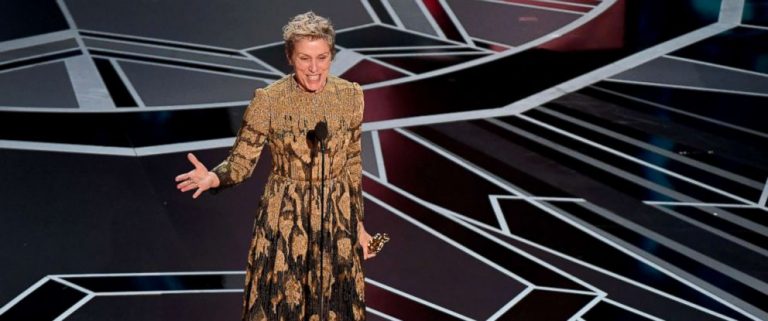Ever since he first appeared on the screens in 2014, John Wick (Keanu Reeves) has remained firmly etched onto our minds. The gun-toting boogeyman has become a pop culture icon, a haunting image, and an unforgettable name. However, the significance of the franchise for Hollywood goes under-discussed. To understand John Wick in this greater context, we need to assess the state of the action industry before its release.
Hollywood Action Before John Wick
Rewind back to the early 2000s. The era of the action classics is long gone. We have left the likes of Indiana Jones: Raiders of the Lost Ark (1981), Die Hard (1988), and Terminator 2 (1992) behind, and now we eagerly (and cautiously) anticipate the next masterworks of action. This first decade of the 21st century introduced us to two notable franchises: Sam Raimi’s Spiderman (2002-2007) and Christopher Nolan’s The Dark Knight (2005-2012). The former employed a goofy, maximalist tone, as opposed to the latter, that’s grounded and self-serious. Both would go on to lay the groundwork for the comic book movie conquest that would occur in the coming years.
The Bourne Trilogy (2002-2007) is a particularly influential example in terms of pure action detached from superheroes and sci-fi. Its kinetic rapidity and unrelenting pace (both of which reached an apex in The Bourne Ultimatum) remain unforgettable even now. But the plague of shaky-cam and fast-cut editing it inspired, ranging from the Taken sequels to The Hunger Games, acts as a taint. This accompanied more Die Hard-esque flicks as Olympus Has Fallen.
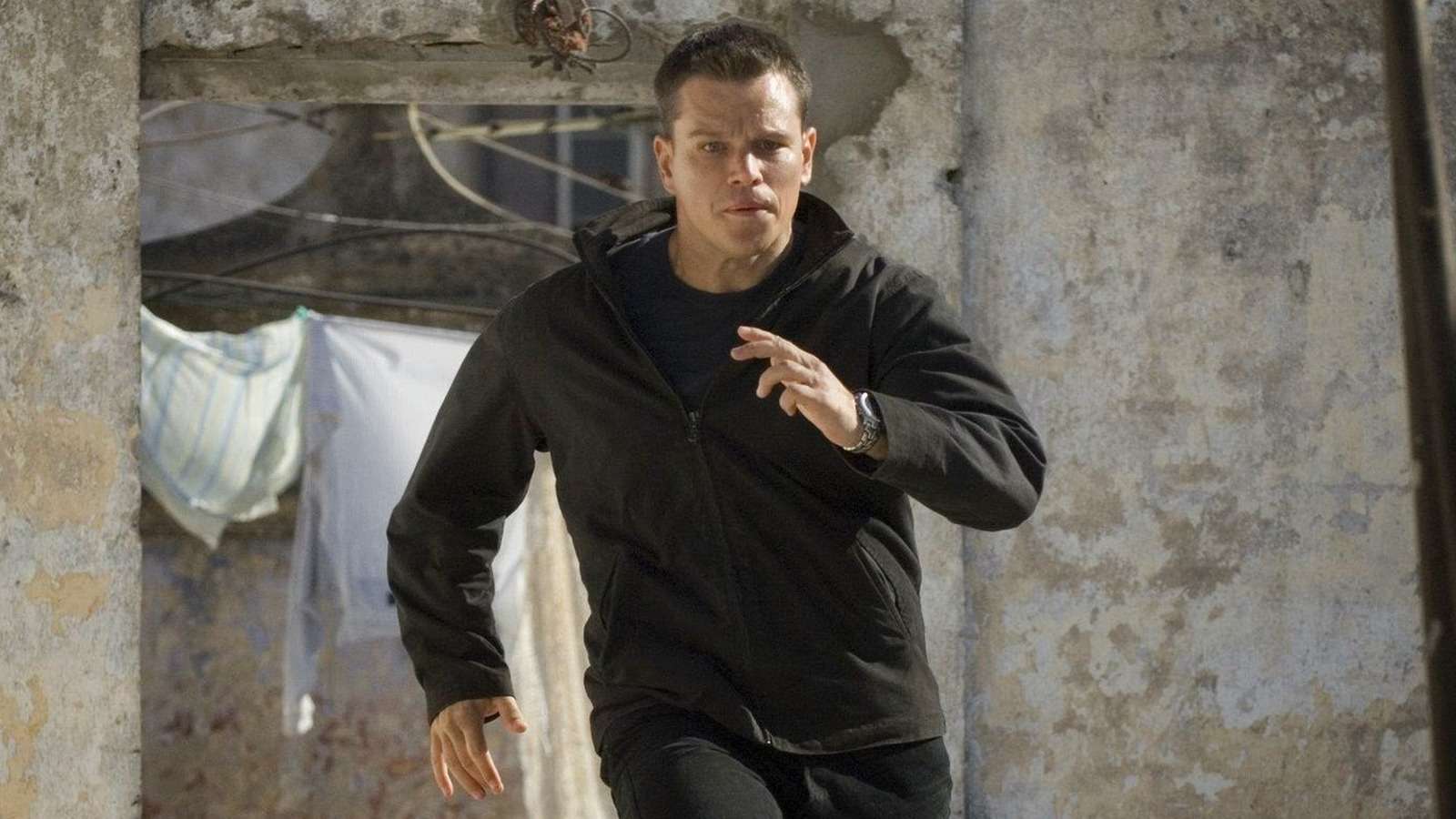
Continuing into the 2010s, lackluster works still dominate, and it seems that pure action in Hollywood is going stale. The Avengers’ release in 2012 diverted almost all attention toward comic book adaptations. Its box office performance exceeded $1 billion, thereby propelling ahead the MCU juggernaut that would go on to evoke a familiar feeling of dullness.
Worlds Collide: Neo-Noir Meets Action
Thankfully, John Wick’s release in 2014 infused Hollywood action with a distinct thrill. What stands out first is the titular protagonist, both familiar and unique. John Wick is not your typical American muscular hero, nor is he like James Bond or Jason Bourne. Instead, John’s persona fits far better in a noir context than it does in action.
Checkout – The 6 Stages of Keanu Reeves’ Career Making Him An Urban Legend Icon
Some inspirations cited by director Chad Stahelski include The Good, the Bad, and the Ugly, Point Black, Le Cercle Rouge, and The Killer (perhaps the closest comparison with its “hitman trying to be a normal person” storyline). In regard to the central character, we can also include films like Le Samouraï, Drive, and The Man from Nowhere. Evidently, the lone killer is an archetype we’ve seen many times before in cinema. If we expand this to psychological dramas as a whole, then Paul Schrader’s “God’s Lonely Men” also make their way in.
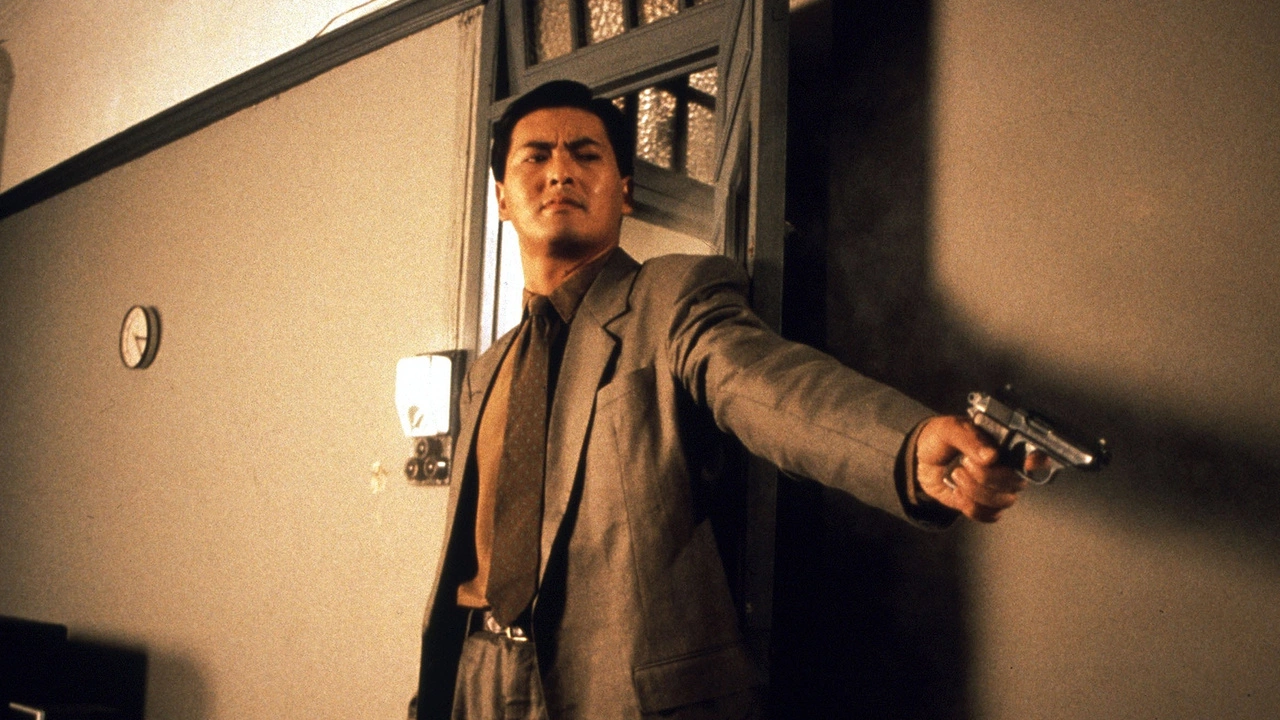
John Wick’s affinity with this category makes him unusual in popular Hollywood. What grounds the franchise in action cinema instead of something like noir is the approach to stunt work and style. Having served as Keanu Reeves’ stuntman in The Matrix franchise, Stahelski brought fight choreography to the center stage. Instead of hastily packaging his work with commercial tendencies, Stahelski directs with palpable patience.
Filmmaking, Fight Choreography, and East Asian Influences
He understands that clarity is crucial in action. Shaky cam and impulsive editing tend to jeopardize this. These visual devices function well in horror, where the tone is rightly disorientating. In action, The Bourne Trilogy is one of the few successful implementations of such aspects. There, Paul Greengrass’ handheld camerawork is effective because it enhances the hectic energy instead of hiding shoddy stunt work. However, most works tend to exploit this as a commercial trend, resulting in Hollywood’s aforementioned staleness.
Stahelski avoids these devices almost entirely and employs wide shots and long takes instead. In doing so, he recalls East Asian martial arts cinema, such as Jackie Chan’s work (Police Story and Drunken Master). Interestingly, Chan also went on to take inspiration from John Wick in his 2017 comeback, The Foreigner. And with Donnie Yen (Ip Man) starring in John Wick: Chapter 4, the franchise seems to be heading further in this direction.
The Raid is another relevant example. In 2011, Gareth Evans gave us a vicious masterpiece of spellbinding Pencak Silat fights that inspired a wave of blood-spattered Indonesian action films (many of which share the same cast members), including Headshot and The Night Comes for Us. Two actors from The Raid franchise (Cecep Arif and Rahman Yayan Ruhian) also had the pleasure of fighting Mr. Wick in the third chapter.
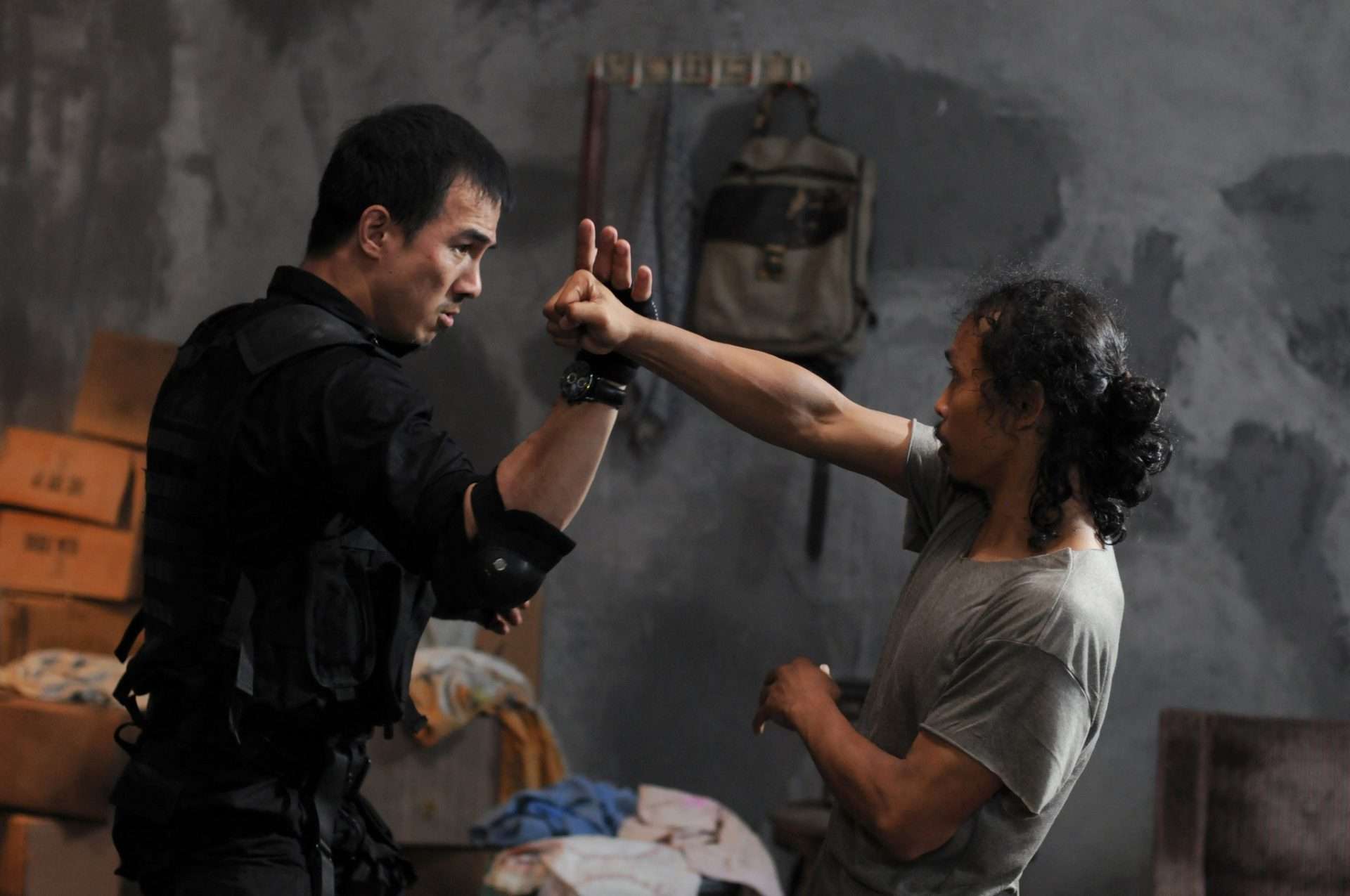
The prioritization of choreography is something that’s common in both franchises. However, The Raid’s frenzied direction is a formal deviation from the sustained long takes in John Wick. This is a fitting choice for both films when considering the different martial arts showcased.
Pencak Silat in The Raid works well with its brutish survival tone. John Wick, on the other hand, uses Arnis (a Filipino martial art) for knife fights alongside the likes of Brazilian jiu-jitsu and Judo techniques (such as the Ippon Seoi Nage (one arm shoulder throw) and the Hiza Guruma (knee wheel)) for hand-to-hand combat. These are ostensibly slower and heftier, which makes the relatively distanced direction apt.
Yet, John Wick’s most distinctive exhibition is “Gun fu.” A combination of gun and kung fu, this cinematic fighting style blends firearm usage with close-quarters hand-to-hand combat and traces back to John Woo’s filmography (A Better Tomorrow and The Killer). And just like Woo’s films, John Wick uses this to create an intense concoction of ferocious martial arts and gruesome shootouts, which popularised the style significantly for the mainstream.
A New Wave of John Wick-Inspired Action
As a whole, John Wick’s action was a shock for many filmgoers. Its concise, cruelly efficient fight style and filming prowess was something that felt missing from Hollywood, or at least not present to the same extent. Much like The Raid, John Wick’s combat went on to inspire a subgenre of poker-faced protagonists violently killing enemies. Some recent examples include Guy Ritchie’s Wrath of Man and Netflix’s release Kate. Unfortunately, almost none of its stylistic successors have emulated the same experience John Wick did. So, apart from the action, what separates John Wick from the rest of its genre?
How World-Building and Character correspond to Action:
To better understand the franchise’s significance, we must broaden our view of its world as a whole and how the previously mentioned aspects interact with it. The first entry to the franchise was mostly about avenging a dog’s death, but it did provide us with some successful character establishment through everyone’s perception of John Wick. His name is instantly elevated to a mythological status. Rarely do we see all characters fearing the central protagonist more than the villain, and that too in every franchise entry.
Recommended Read: Top 10 Action Scenes from the John Wick Franchise
John Wick Chapter 2 expands the world by adding more characters and hitman procedures. By the third, it feels limitless; an ever-increasing number of bodies hold onto their contractual relationships tightly, and the franchise’s main organization, The Continental, becomes indecipherable in its linkages. John is now not only a ruthless man with a tortured past but also a mechanism in a seemingly endless system putting him through infinite fights.
His world has now become unabashedly fictitious. There’s a certain mythic nature to it, especially in regard to The Continental’s feudalism. Different factions of assassins have deified leaders, and The High Table is their supreme power. Everything from characters’ distinct appearances to their minimalist names gives them an almost unearthly aura, making them seem invincible (and considering the situations some of them have survived, they probably are). Stahelski confirmed this tone in his decision to make Winston (Ian McShane) reminiscent of the Greek god of the underworld, Hades, as reported by Thrillist. This is also emphasized by the concierge’s character, Charon, which is also the name of Hades’ right-hand man.
Even with this ever-growing mythology, the fights remain gritty and grounded, but their scale and ambition continue to expand. Looking back at the franchise’s first entry, we find much smaller set pieces compared to the current films (as well as Hollywood on the whole). The first time we see Baba Yaga in action is in a relatively quiet fight scene where he effortlessly eliminates multiple home invaders. It’s quiet yet fierce; heads are shot, necks are broken, hearts are stabbed, and a new relentless action hero momentarily shakes cinema.
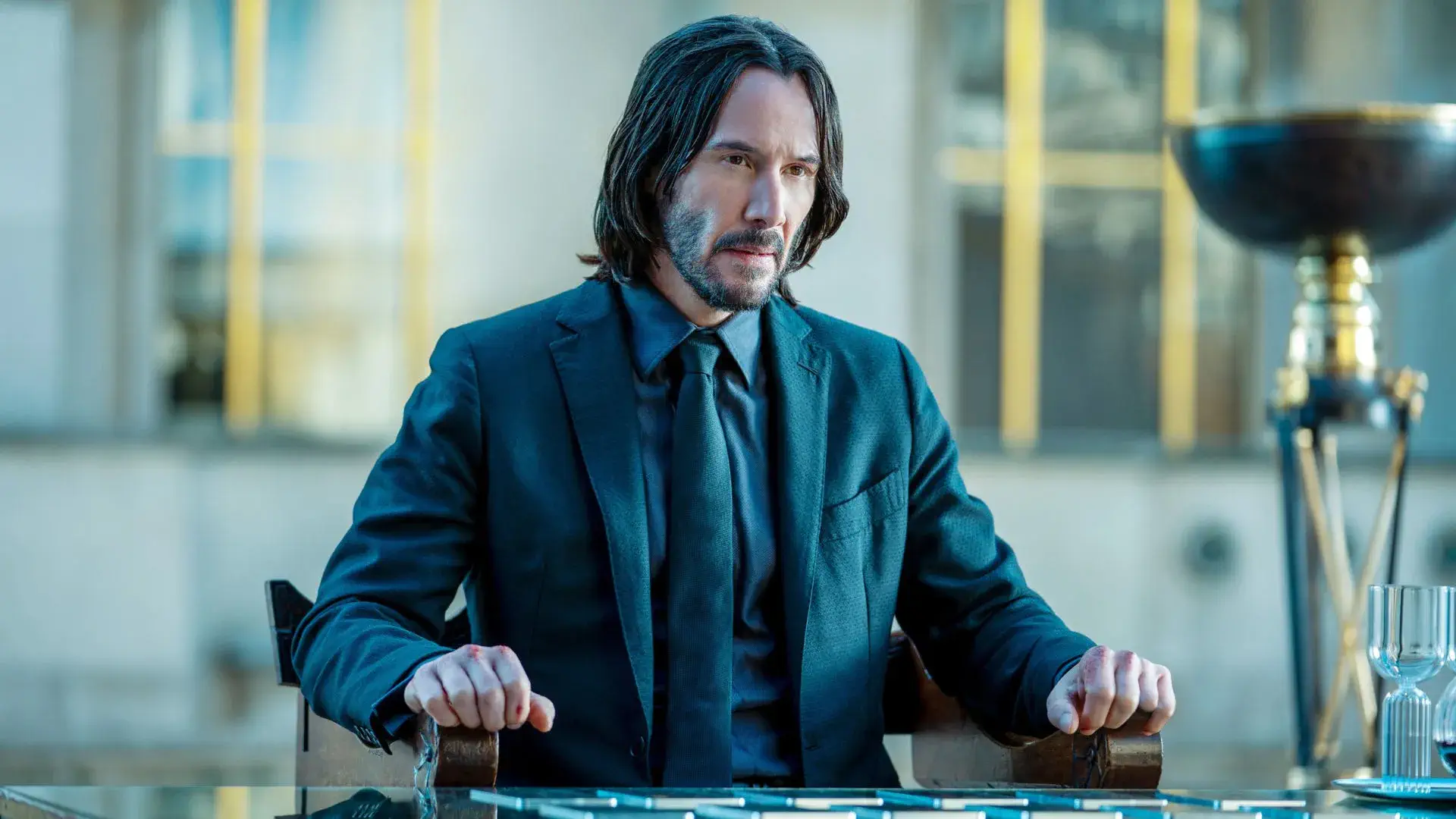
Chapter 1’s Club Shootout Scene:
The most pertinent part of the first film is the club shootout where John attempts to kill Iosef. The scene starts with him entering the club and stealthily killing two men. Kaleida’s electropop track, “Think,” and the neon lighting complement each other, forming a hypnotic ambiance befitting a hunter approaching his prey.
In terms of character, the most defining moment would be when John kills a guard by stabbing him up the chin. He stares at him as he dies. At this point, it’s clear that Stahelski and Reeves have brought to life this unstoppable specter of rage. Put simply by Viggo to his son: “John will come for you, and you will do nothing because you can’t do nothing.”
John is knocked over, and the shootout begins. He has a chance to kill Iosef, but he simply holds him at gunpoint and kills another guard instead. As the camera captures John staring at Iosef, the lyrics “think of me” are played in a delightfully grin-inducing moment.
As they move through the building, a handheld camera films Iosef whilst a steady one films John, visually rendering the power imbalance between them. Eventually, a group of guards home in on John, the lighting shifts, and dubstep play in the franchise’s first outright exhilarating Gun fu sequence.
Also Read: The 10 Best Keanu Reeves Movies
The following entries would stay loyal to the first film’s style with more layers to the action. Chapter 2 introduced us to pencil kills before John Wick Chapter 3 went all out in a glorious bloodbath of throwing knives, trained dogs, and many other creative deaths.
Production and costume design would also naturally progress with a higher budget. For instance, Chapter 3 displayed fights in The Continental’s opulent glass building in its latter half.
Hard Work Pays Off
It seems, then, that John Wick has become a staple of cinema primarily due to how well it juggles action, style, and world-building. Intention to achieve a raw grittiness in fight scenes can result in dullness, as it did with Beckett (2021). Luckily, John Wick avoids this by infusing a constant sense of style through an abundant visual flair. However, an overreliance on cinematic techniques may dilute stunt choreography, like in The Gray Man (2022). But, as expected, John Wick miraculously differentiates between its fights and style whilst allowing them to accompany each other.
It’s seemingly contradictory, but Stahelski understands that the only way to achieve this is through reserved filmmaking and grunt work in stunt choreography. Many major award ceremonies, namely the Oscars, give zero attention to stunt workers and choreographers. Their work becomes thankless to a large extent, but still, there are no shortcuts in such situations.
Keanu Reeves’s and the whole crew’s work paid off. It may not reach other franchises’ immediate box-office success or social or cultural popularity. Still, the impressive art it demonstrates has made it into a modern action classic, and deservedly so.

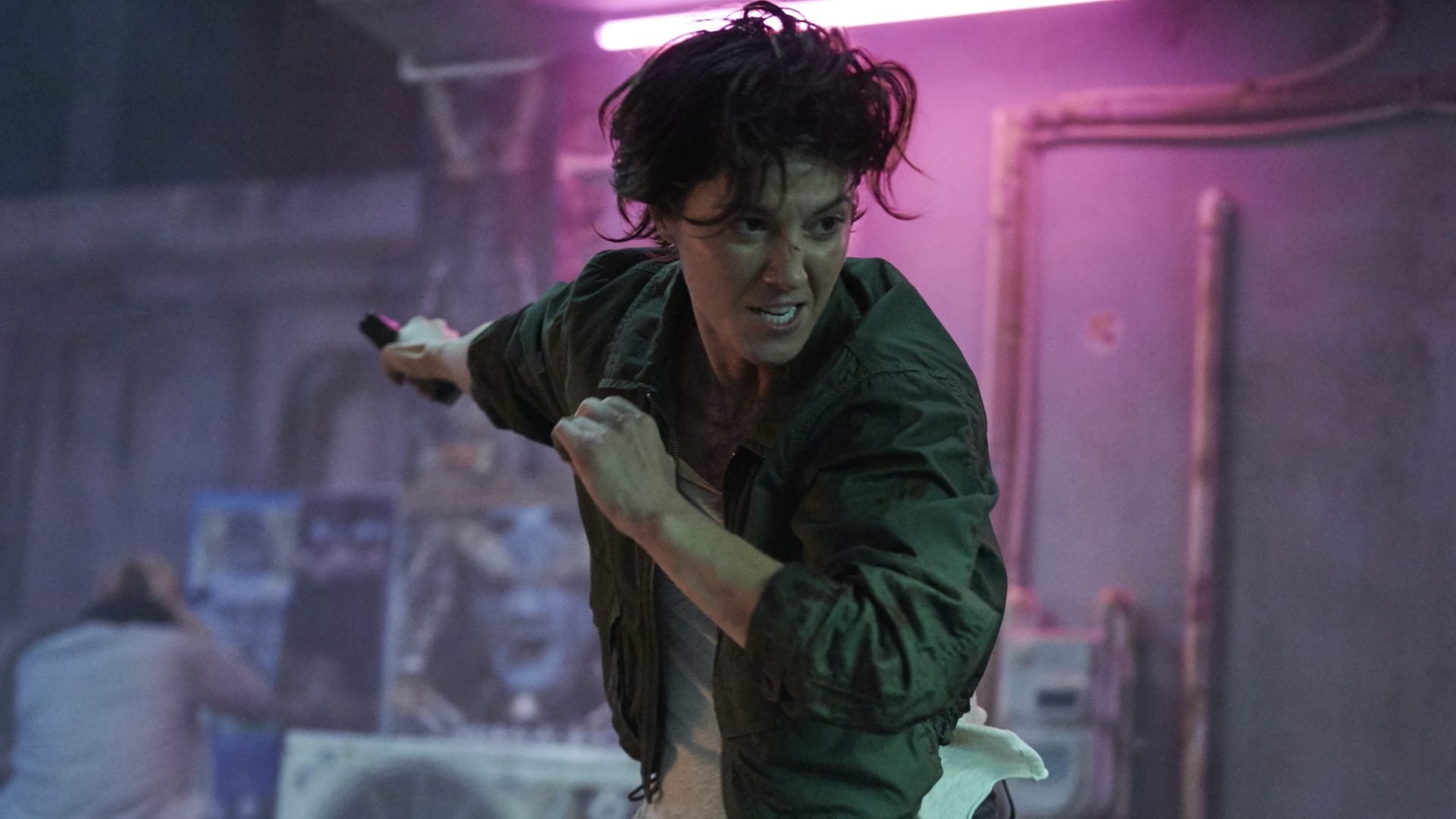

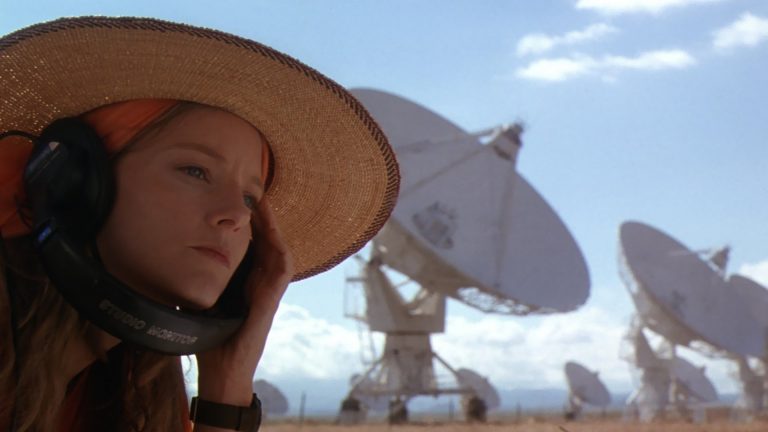

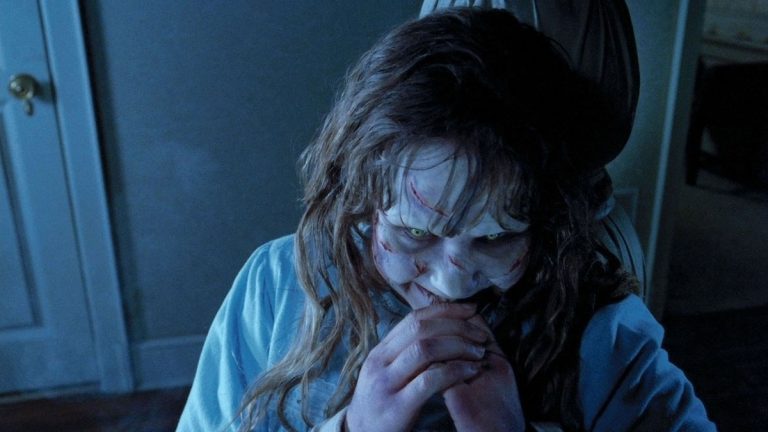
![[Watch] Video Essay Exploring High and Low Art in Jean-Luc Godard’s Alphaville](https://79468c92.delivery.rocketcdn.me/wp-content/uploads/2018/05/LEMMY-CONTRA-ALPHAVILLE-768x397.jpg)
![[Watch] Video Essay Exploring Why Costa-Gavras'”Z” is an Enduringly Relevant Political Thriller](https://79468c92.delivery.rocketcdn.me/wp-content/uploads/2022/08/Z-1969-768x433.jpg)
